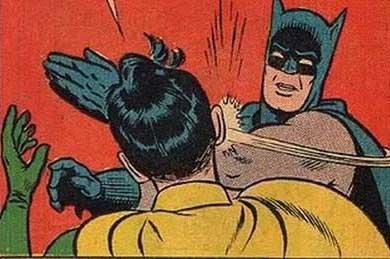1) Kettlebells are becoming more and more common in fitness and rehab. If you don’t use them, you should. Here’s this months article on my expirience at the premier kettlebell workshop.
2) Erson goes over 5 things to look for in runners. “Running is one sport that arguable needs more symmetry than most. I tell my runners it’s because you’re doing the same thing over and over for 1000s of steps until you stop!”
3) Habits are regularly tendencies that become automated by the brain. James Speck goes over how to form good habits. This is something we need to teach all of our patients. Some great points: habits take 60 days to develop, tap into subconscious willpower by visualizing & planning goals, reward yourself, start small, be consistent, and make it measurable.
4) Mike Robertson has a great article on life long lifting. This is a must read, because unless your a vampire, we all get older everyday.
5) Yoga or Doga?
6) Eric Cressey gives you a solid base for a medicine ball workout. These provide a great functional workout. Great gem here: “When performed correctly, medicine ball exercises serve as an outstanding way to “ingrain” the mobility you’ve established with a dynamic warm-up prior to training.”
7) Andreo Spina describes the important difference between mechanical tightness vs. neurological tightness. Chasing neurological tightness with interventions such as static stretching, joint mobs, or ART are unlikely to yield good results. Instead you should try PNF, slow fascial release (for parasympathetic response), and breathing techniques. Another important consideration is pain. Pain changes everything. Often neurological tightness is a protective mechanism to avoid pain.
8) Having trouble teaching the squat? The Goblet Squat is the best way to start. Progression: Goblet Squat, Front Squat, Back Squat.
9) Here’s an interesting perspective on the psychological benefits of yoga. “I came to realize that yoga works not because the poses are relaxing, but because they are stressful. It is your attempts to remain calm during this stress that create yoga’s greatest neurobiological benefit.” Make sure your patients don’t forget that there’s supposed to be a mind attached to the body they workout.
10) The elbow is a more complicated joint than most people realize. Eric Cressey has a great series on elbow pain (Part 1, 2, 3, 4, 5, 6). He also has an article on 13 ways to take care of your elbows.



